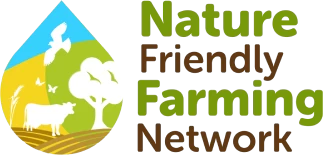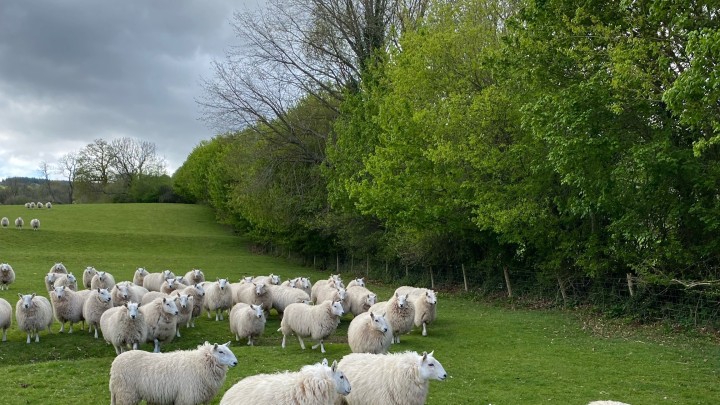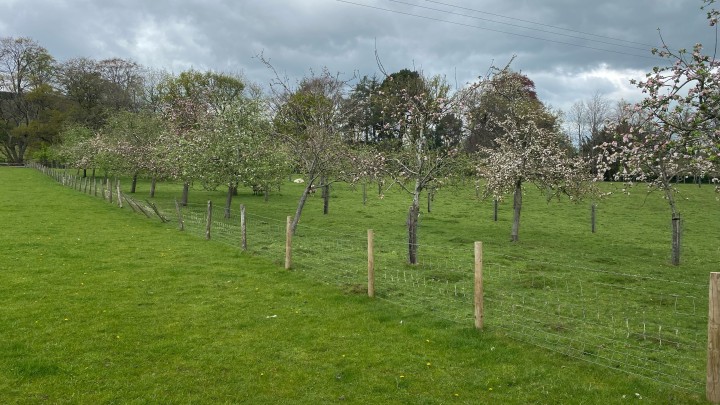Huw Morgan is a strong advocate for integrating trees into farmland. Here, he shares the many ways trees support his livestock farm in mid-Wales.
Pwllyrhwyiaid is a 450-acre hill farm located on the edge of the Bannau Brycheiniog (Brecon Beacons), run by NFFN farmer Huw Morgan. Around 20% of the farm is covered in trees, and Huw is a passionate advocate for integrating trees into farmland and livestock grazing systems. He explains how Pwllyrhwyiaid came to have an extensive tree cover, how trees support rather than hinder his farming, and why they are such a crucial part of the land.
The basics - What is agroforestry?
Agroforestry is a farming approach that combines trees with agriculture. Both arable and livestock farmers can practice it; in arable systems, trees are often planted between crop rows, while in livestock farming it is known as silvopasture - where animals graze beneath trees. The term also covers features like hedgerows, buffer strips and forest farming.
Agroforestry brings a wide range of benefits. Trees offer shelter and shade, increase biodiversity, and provide diverse forage for grazing animals. Their deep roots help cycle nutrients and bring them up into the topsoil, enriching it for shallow-rooted plants and crops. Trees and hedgerows also play a role in storing carbon. Timber, along with fruits and nuts, can provide added income for farms.
How is agroforestry used at Pwllyrhwyiaid?
Trees have always had a place on the farm, though Huw’s grandfather was once paid to remove them. Like many post-World War II farmers, he was urged to maximise food production and yields by clearing nature from the land.
Despite that, around 30 acres of ancient woodland remain, and expanding tree cover has long been a priority for the Morgan family. Pwllyrhwyiaid has been part of agri-environmental schemes for over 25 years.
“There was one block of about 20 acres that we turned back into woodland,” Huw recalls. “We were also part of a scheme with the National Park to help restore birch wood. And wherever we’ve had rough or wet corners, we’ve either dug a pond or scrape, or planted trees and fenced them off.”




